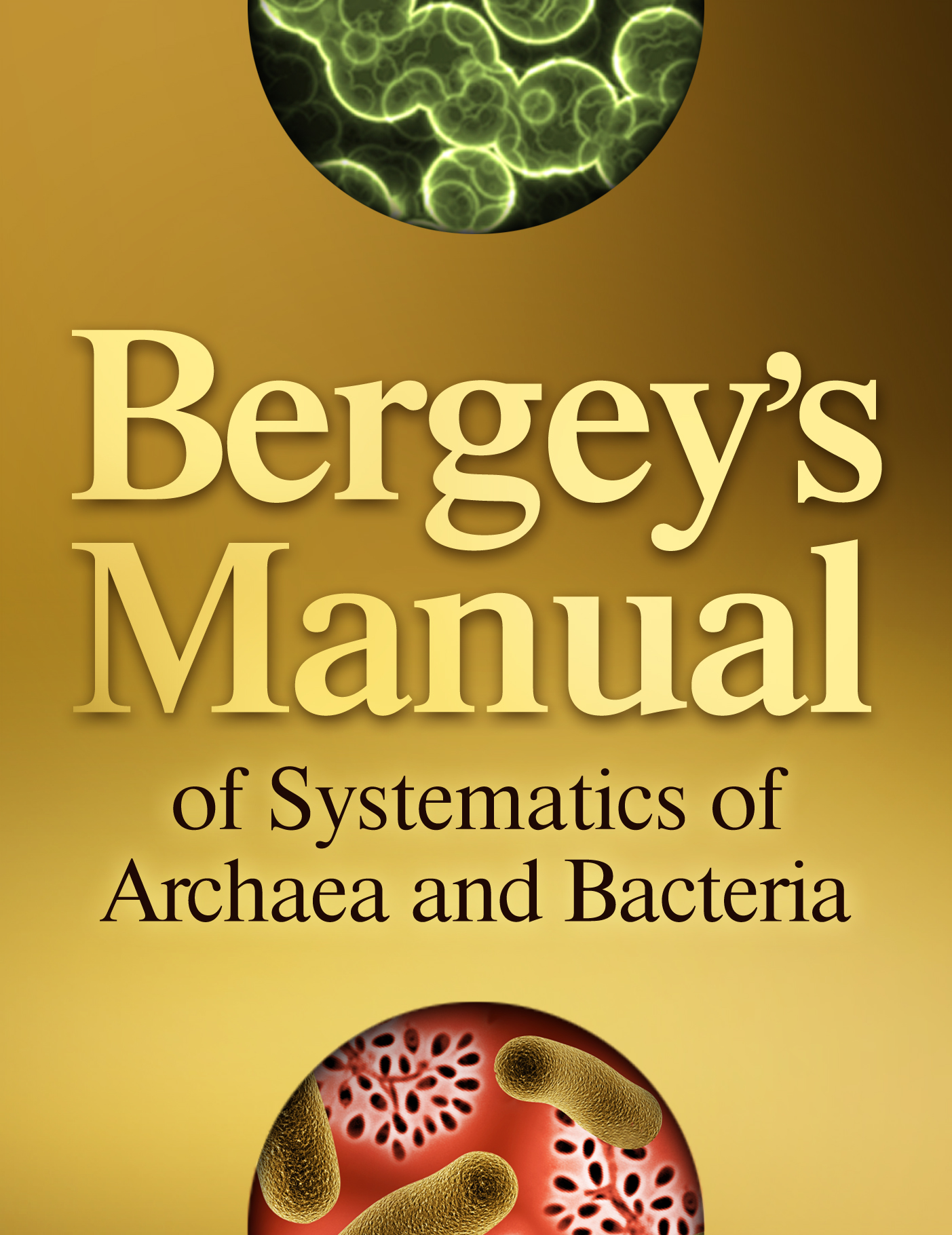Algibacter †,‡
Abstract
Al.gi.bac'ter. L. fem. n. alga seaweed; N.L. masc. n. bacter rod; N.L. masc. n. Algibacter rod isolated from seaweed.
Bacteroidetes / Flavobacteriia / Flavobacteriales / Flavobacteriaceae / Algibacter
The genus Algibacter, a member of the family Flavobacteriaceae, was proposed by Nedashkovskaya et al. in 2004 to accommodate Gram-negative, facultatively anaerobic, gliding, and oxidase-positive bacteria. The close phylogenetic relatives of the genus Algibacter are members of the family Flavobacteriaceae such as Arenitalea, Changchengzhania, Flaviramulus, Gaetbulibacter, Litoribaculum, Mariniflexile, Postechiella, Sabulilitoribacter, and Tamlana with sequence similarity ranges 94.9–97.1, 93.7–96.0, 93.3–96.4, 93.1–96.9, 92.3–96.1, 92–95.5, 93.9–95.6, 94.2–96.6, and 92.1–96.8%, respectively. On marine agar, colonies of the majority Algibacter species are regular, round, low convex, shiny, and yellow or orange pigmented. Growth occurs with 0–8% NaCl, at pH 5.0–11.0, and at 0–55°C. The optimal growth is observed at 15–28°C, at pH 7.0–8.0, and with 0.5–3% NaCl. Algibacter strains cannot hydrolyze chitin and urea. The predominant cellular fatty acids of the known members of the genus Algibacter are iso-C15:0 (4.7–34.4%), iso-C15:1 G (5.0–22.8%), iso-C15:0 3-OH (4.5–16.7%), and iso-C17:0 3-OH (3.1–16.9%). The major respiratory quinone is MK-6. The main polar lipid is phosphatidylethanolamine. At the time of writing, the genus Algibacter comprised 14 validly described species that were isolated from the different marine environments including seawater, sediments, seaweeds, and echinoderms. The type species of the genus is Algibacter lectus. The Algibacter species share 16S rRNA gene sequence similarities ranging from 94.2 to 99.4% to one another. The DNA–DNA relatedness between the type strains of the Algibacter species is 15–34%.
DNA G + C content (mol%): 30–41 (T m, HPLC and genome sequence).
Type species: Algibacter lectus Nedashkovskaya, Kim, Han, Rhee, Lysenko, Rohde, Zhukova, Frolova, Mikhailov and Bae 2004, 1260VP.



